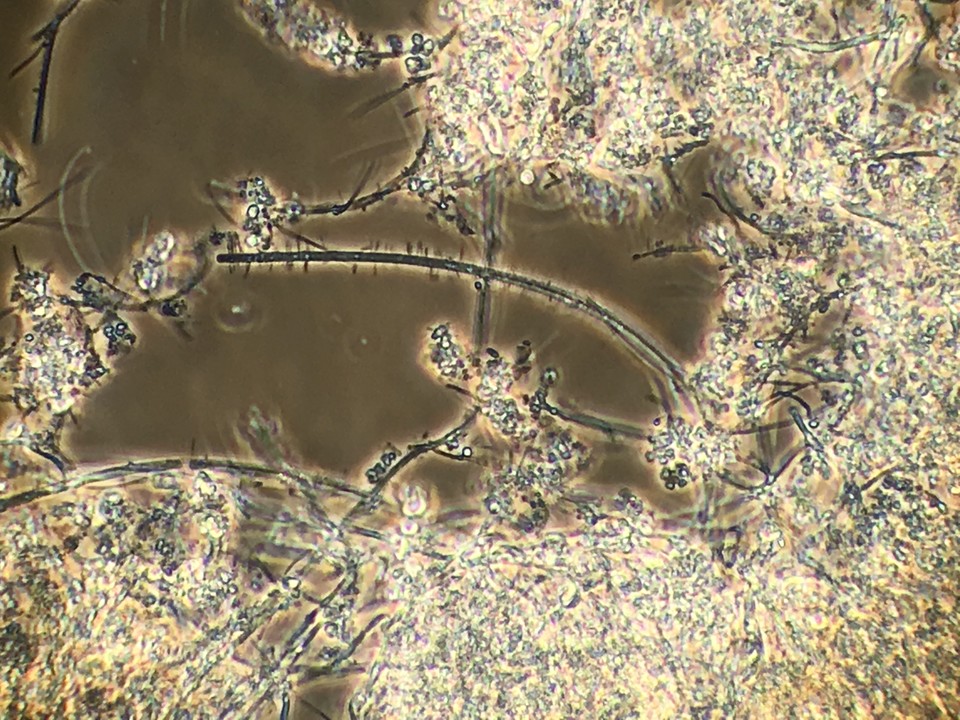
Wastewater treatment system biomass contains many different species of bacteria working together to treat wastewater influent
Biological wastewater relies on multiple microbial communities working together to break down pollutants and recycle nutrients. Among these microbial interactions, syntrophic relationships stand out as a cornerstone of efficient wastewater management. To understand a system’s treatment performance, it helps to understand the most common syntrophic relationships in wastewater communities.
What is Syntrophy?
Syntrophy refers to a mutually beneficial relationship between two or more microbial species, where one species depends on the metabolic byproducts of another to thrive. This cooperation is essential for processes like anaerobic digestion, where complex organic compounds are broken down under anaerobic conditions. In addition to anaerobic digesters, we also see syntrophic relationships in wastewater treatment.
Common Syntrophic Relationships in Wastewater
- Methanogenesis
Methanogenic archaea and bacteria form a syntrophic partnership during methanogenesis. Bacteria break down organic matter into simpler compounds like hydrogen and acetate, which methanogens then convert into methane. This process is crucial for biogas production in anaerobic digesters. - Nitrification and Denitrification
Ammonia Oxidizing Bacteria (AOB) and Nitrite Oxidizing Bacteria (NOB) oxidize ammonia to nitrate, while denitrifying bacteria reduce nitrate to nitrogen gas. These processes are interconnected, ensuring the removal of nitrogen compounds from wastewater. - Phosphate Accumulation
To favor the growth Phosphate-accumulating organisms (PAOs), the system needs to have volatile organic acids produced by anoxic/anaerobic degradation in the collection system or anaerobic digester. Additionally, the Nitrate Reducing Bacteria (NRB) need to have removed nitrate/nitrite to provide the low redox (anaerobic) conditions that allows for favorable conditions for PAO growth. - Biodegradation of Complex Substrates
Complex compounds such as lignin (naturally occurring) and xenobiotics (human activity) require multiple steps in biodegradation often with input from different microbial species. If the syntrophic relationships are not present, there often can be a buildup of partially degraded compounds and metabolites that can even be more toxic than the original compounds (example being vinyl chloride from TCE reductive dichlorination).
Challenges and Future Directions
While syntrophic relationships are vital, they can be sensitive to environmental changes such as temperature, pH, and substrate availability. Advances in molecular techniques, like metagenomics and metatranscriptomics, are helping researchers understand these interactions better and optimize wastewater treatment processes. From the data, we are learning how ways to manage the system to encourage good syntrophic population development and ways to maintain the system at target treatment efficiency.
What do you think about the role of microbes in environmental sustainability?
Good General Article on Environmental Microorganism Syntrophy
Cydzik-Kwiatkowska, A., Zielińska, M. Bacterial communities in full-scale wastewater treatment systems. World J Microbiol Biotechnol 32, 66 (2016). https://doi.org/10.1007/s11274-016-2012-9
